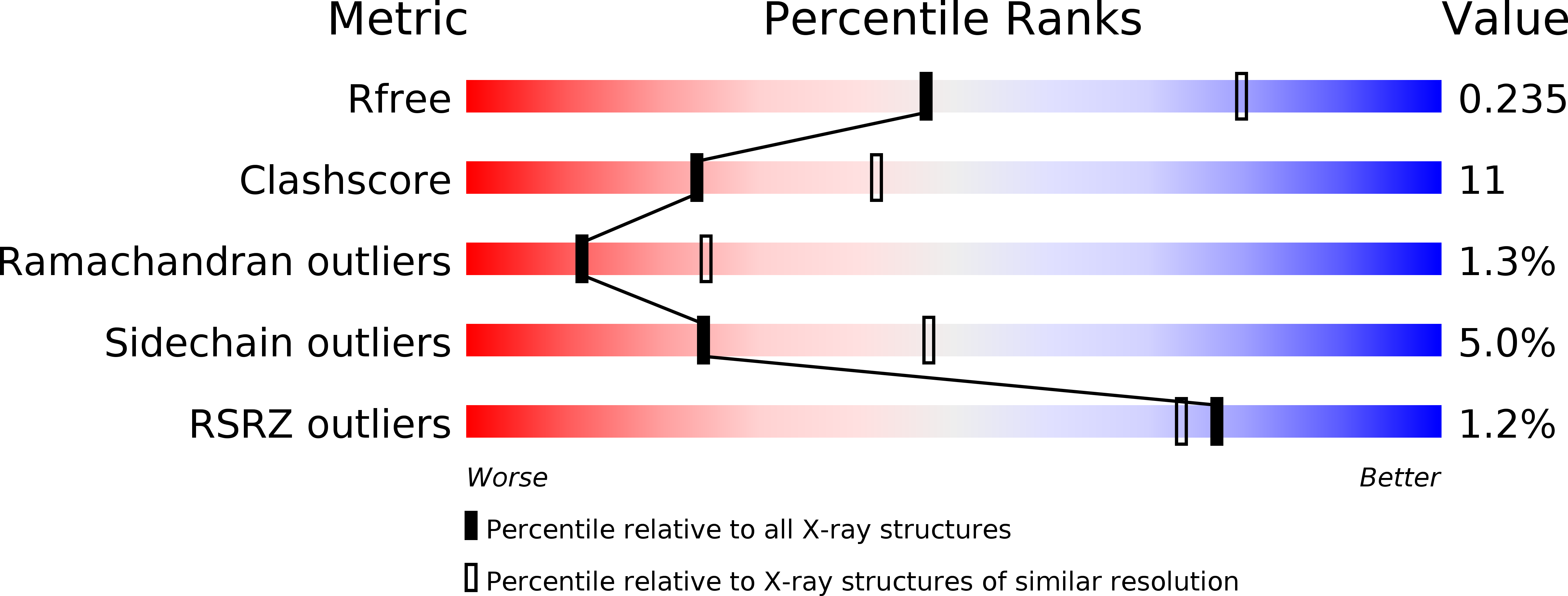
Deposition Date
2004-11-10
Release Date
2005-03-15
Last Version Date
2024-10-30
Method Details:
Experimental Method:
Resolution:
2.60 Å
R-Value Free:
0.23
R-Value Work:
0.17
R-Value Observed:
0.17
Space Group:
P 31 2 1


